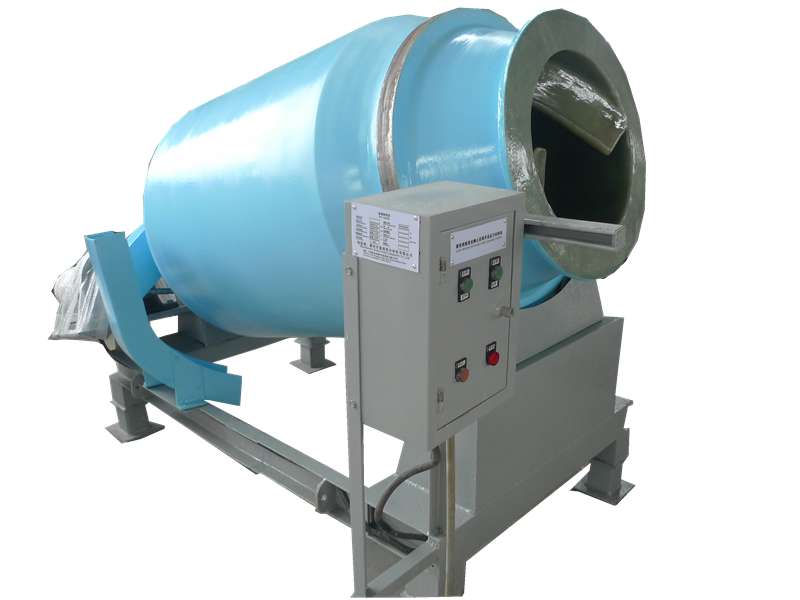
-
 Afrikaans
Afrikaans -
 Albanian
Albanian -
 Amharic
Amharic -
 Arabic
Arabic -
 Armenian
Armenian -
 Azerbaijani
Azerbaijani -
 Basque
Basque -
 Belarusian
Belarusian -
 Bengali
Bengali -
 Bosnian
Bosnian -
 Bulgarian
Bulgarian -
 Catalan
Catalan -
 Cebuano
Cebuano -
 China
China -
 China (Taiwan)
China (Taiwan) -
 Corsican
Corsican -
 Croatian
Croatian -
 Czech
Czech -
 Danish
Danish -
 Dutch
Dutch -
 English
English -
 Esperanto
Esperanto -
 Estonian
Estonian -
 Finnish
Finnish -
 French
French -
 Frisian
Frisian -
 Galician
Galician -
 Georgian
Georgian -
 German
German -
 Greek
Greek -
 Gujarati
Gujarati -
 Haitian Creole
Haitian Creole -
 hausa
hausa -
 hawaiian
hawaiian -
 Hebrew
Hebrew -
 Hindi
Hindi -
 Miao
Miao -
 Hungarian
Hungarian -
 Icelandic
Icelandic -
 igbo
igbo -
 Indonesian
Indonesian -
 irish
irish -
 Italian
Italian -
 Japanese
Japanese -
 Javanese
Javanese -
 Kannada
Kannada -
 kazakh
kazakh -
 Khmer
Khmer -
 Rwandese
Rwandese -
 Korean
Korean -
 Kurdish
Kurdish -
 Kyrgyz
Kyrgyz -
 Lao
Lao -
 Latin
Latin -
 Latvian
Latvian -
 Lithuanian
Lithuanian -
 Luxembourgish
Luxembourgish -
 Macedonian
Macedonian -
 Malgashi
Malgashi -
 Malay
Malay -
 Malayalam
Malayalam -
 Maltese
Maltese -
 Maori
Maori -
 Marathi
Marathi -
 Mongolian
Mongolian -
 Myanmar
Myanmar -
 Nepali
Nepali -
 Norwegian
Norwegian -
 Norwegian
Norwegian -
 Occitan
Occitan -
 Pashto
Pashto -
 Persian
Persian -
 Polish
Polish -
 Portuguese
Portuguese -
 Punjabi
Punjabi -
 Romanian
Romanian -
 Russian
Russian -
 Samoan
Samoan -
 Scottish Gaelic
Scottish Gaelic -
 Serbian
Serbian -
 Sesotho
Sesotho -
 Shona
Shona -
 Sindhi
Sindhi -
 Sinhala
Sinhala -
 Slovak
Slovak -
 Slovenian
Slovenian -
 Somali
Somali -
 Spanish
Spanish -
 Sundanese
Sundanese -
 Swahili
Swahili -
 Swedish
Swedish -
 Tagalog
Tagalog -
 Tajik
Tajik -
 Tamil
Tamil -
 Tatar
Tatar -
 Telugu
Telugu -
 Thai
Thai -
 Turkish
Turkish -
 Turkmen
Turkmen -
 Ukrainian
Ukrainian -
 Urdu
Urdu -
 Uighur
Uighur -
 Uzbek
Uzbek -
 Vietnamese
Vietnamese -
 Welsh
Welsh -
 Bantu
Bantu -
 Yiddish
Yiddish -
 Yoruba
Yoruba -
 Zulu
Zulu
Exploring the Benefits and Applications of FRP Pipe Technology in Various Industries
The Advantages and Applications of FRP Pipe Systems
Fiber Reinforced Polymer (FRP) pipes have emerged as a significant innovation in the field of piping systems, offering benefits that are revolutionizing various industries, particularly water management, oil and gas, and construction. The unique properties of FRP pipes make them a superior alternative to traditional materials such as metal and concrete, providing advantages in durability, flexibility, and corrosion resistance.
One of the most notable characteristics of FRP pipes is their exceptional resistance to corrosion. Traditional metal pipes are susceptible to rust and degradation when exposed to harsh chemicals and environmental conditions. In contrast, FRP pipes are crafted from a composite of resin and glass or carbon fibers, offering unparalleled resistance to corrosive substances. This property makes FRP pipes ideal for transporting aggressive fluids, such as acids or corrosive waste, significantly extending the lifespan of the piping system and reducing maintenance costs.
.
In addition to being lightweight, FRP pipes offer remarkable flexibility. This flexibility enables them to withstand earthquakes and ground movements without compromising structural integrity. In regions prone to seismic activity, the use of FRP pipes can enhance the resilience of infrastructure, ensuring that vital services can continue to function even in adverse conditions.
frp pipe

The thermal insulation properties of FRP pipes further distinguish them from traditional materials. These pipes possess a lower thermal conductivity, which helps to maintain the temperature of the transported fluids. This feature is particularly advantageous in applications such as chilled water systems, where temperature fluctuations can lead to inefficiencies and increased operational costs. By maintaining a stable temperature, FRP pipes contribute to energy efficiency, aligning with the global push for sustainable practices.
Additionally, the design versatility of FRP pipes allows for customized solutions tailored to specific project needs. Available in various sizes, shapes, and colors, FRP pipes can be engineered to meet the precise demands of different applications. This adaptability is particularly beneficial in complex projects, such as those in the oil and gas industry, where unique routing and specifications are often required.
The environmental impact of using FRP pipes is also a point of consideration. As industries worldwide strive to reduce their carbon footprint, the sustainable manufacturing process of FRP pipes, combined with their longevity and reduced maintenance needs, contributes to an overall decrease in environmental impact. Moreover, many FRP products are designed to be recyclable at the end of their lifespan, promoting a circular economy model in construction and industrial applications.
In conclusion, FRP pipes represent a transformative advancement in piping technology, offering numerous advantages over traditional materials. Their corrosion resistance, lightweight nature, flexibility, thermal insulation properties, and design versatility position them as an ideal choice for a wide array of applications. As industries continue to evolve and seek out more durable, efficient, and sustainable solutions, the adoption of FRP pipe systems is likely to grow, making them a vital component of modern engineering and infrastructure development. The future of piping systems is indeed bright with FRP at the forefront.









